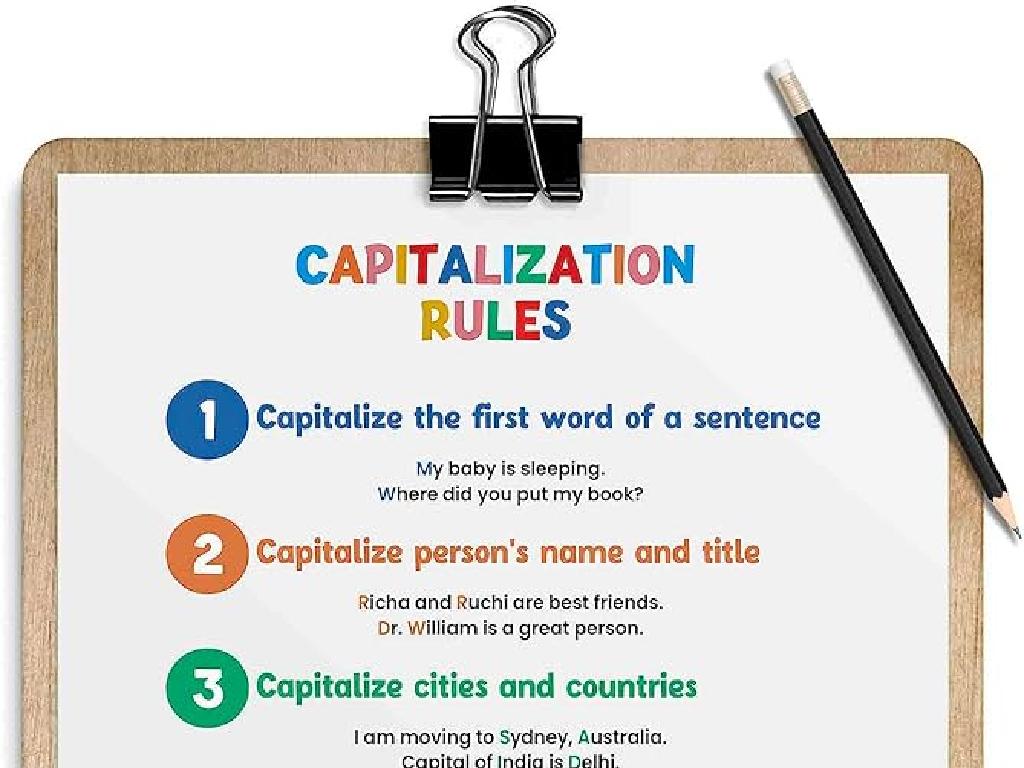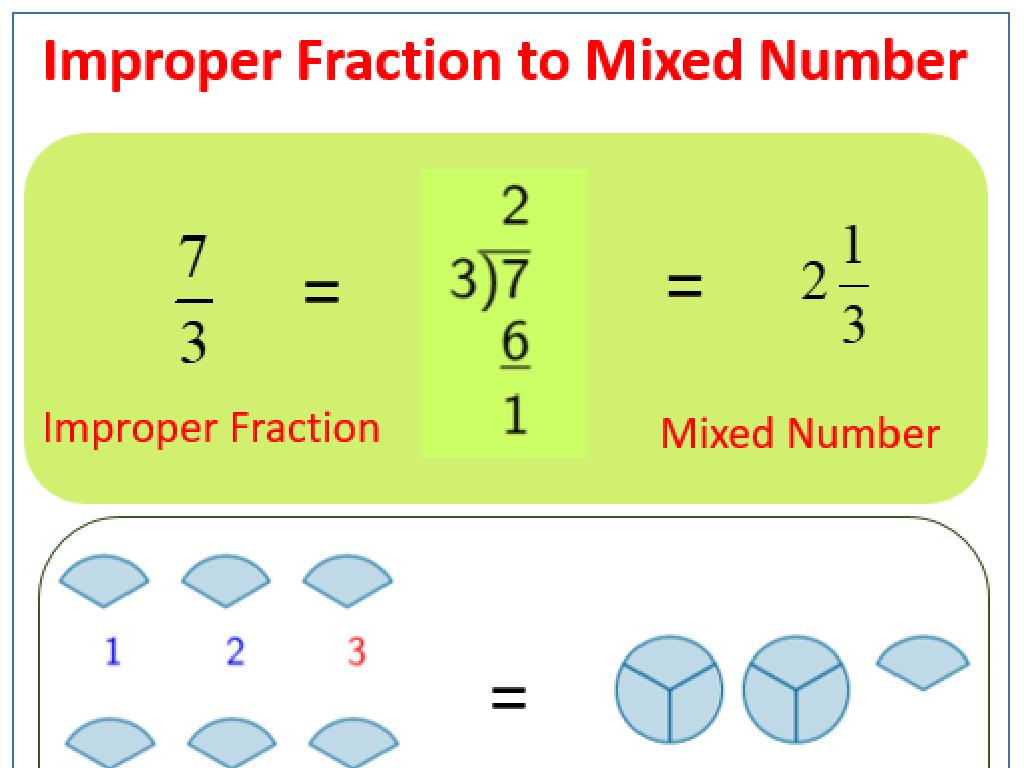Foundations Of American Democracy
Subject: Arts and humanities
Grade: High school
Topic: Us Government And Civics
Please LOG IN to download the presentation. Access is available to registered users only.
View More Content
Exploring the Foundations of American Democracy
– Origins of American government
– Derived from Enlightenment ideas and historical documents like the Magna Carta.
– Key principles of democracy
– Includes liberty, equality, and justice for all citizens.
– Democracy’s role in society
– Sustains freedom and ensures citizen participation in decision-making.
– Civic importance of understanding democracy
– Informed citizens can actively contribute to the community and nation.
|
This slide introduces students to the fundamental concepts of American democracy and its historical underpinnings. It’s crucial to convey how the American system of government was influenced by Enlightenment thinkers and previous legal frameworks, such as the Magna Carta. Discuss the core democratic principles that ensure rights and freedoms for all citizens, and emphasize the importance of an engaged and informed citizenry in shaping government policy and society. Encourage students to reflect on why understanding these concepts is not only academically important but also vital for their participation in civic life.
Key Principles of American Democracy
– Popular sovereignty explained
– The power of government is vested in the people.
– The rule of law in democracy
– Laws govern the land, not the whims of rulers.
– Individual rights and freedoms
– Freedoms such as speech, religion, and press.
– The Bill of Rights guarantees
– The first 10 amendments protect citizens’ liberties.
|
This slide aims to introduce students to the foundational principles that underpin American democracy. Popular sovereignty is the principle that the authority of a state and its government are created and sustained by the consent of its people, through their elected representatives. The rule of law is the concept that all individuals, institutions, and entities are accountable to laws that are publicly promulgated, equally enforced, and independently adjudicated. Individual rights and freedoms are the personal liberties and privileges that individuals enjoy in a democratic society, which are often protected by law or constitution. The Bill of Rights, the first ten amendments to the U.S. Constitution, explicitly guarantees these rights and freedoms, such as freedom of speech, religion, and the press, and protection against unreasonable searches and seizures. Encourage students to think about how these principles are applied in current events and to consider their importance in a functioning democracy.
The Declaration of Independence
– Historical context of the Declaration
– Context: Response to British tyranny, 1776
– Analyzing key text excerpts
– Examine phrases like ‘unalienable Rights’ and ‘consent of the governed’
– Role in American political philosophy
– Foundation for concepts of liberty and democracy
– Impact on national identity
|
This slide delves into the Declaration of Independence, starting with its historical context as a revolutionary document drafted in 1776 as a response to British tyranny. Students should analyze key excerpts to understand the philosophical underpinnings of American democracy, such as the notion of ‘unalienable Rights’ and the idea that governments derive their power from the ‘consent of the governed.’ The Declaration’s role in shaping American political philosophy is pivotal, as it laid the groundwork for the country’s values of liberty, democracy, and individual rights. The impact of the Declaration on the national identity of the United States is profound, as it continues to be a symbol of the nation’s commitment to these principles. Encourage students to reflect on how these ideas are relevant today and to consider the Declaration’s influence on modern American society.
The Articles of Confederation: America’s First Steps
– America’s first federal constitution
– Analyzing strengths and weaknesses
– Provided unity during Revolution, but lacked federal power
– Transition to the U.S. Constitution
– Shays’ Rebellion highlighted need for stronger federal government
– The Articles’ impact on modern governance
– Influenced the balance of state and federal powers in the Constitution
|
This slide aims to introduce the Articles of Confederation as America’s first federal constitution, highlighting its role in unifying the states during the Revolutionary War. Discuss the strengths, such as the ability to declare war and make treaties, and weaknesses, notably the lack of power to tax or regulate commerce. The transition to the Constitution was sparked by the need for a stronger federal government, as evidenced by Shays’ Rebellion. Conclude by reflecting on how the Articles influenced the current balance of state and federal powers in the U.S. Constitution. Encourage students to consider how these early documents still impact American politics and governance today.
The Constitutional Convention: Shaping the Nation
– The Convention’s pivotal role
– A historic 1787 meeting that led to the formation of the US government.
– Key compromises reached
– The Great Compromise and Three-Fifths Compromise were crucial.
– Drafting the US Constitution
– Delegates drafted a new governing document, the US Constitution.
– Significance for American democracy
|
The Constitutional Convention was a seminal event in American history where state delegates gathered to create a new government structure, leading to the drafting of the US Constitution. Discuss the importance of the compromises made, such as the Great Compromise, which established the two houses of Congress, and the Three-Fifths Compromise, which addressed the counting of slaves for representation and taxation. Highlight how these decisions were essential in shaping the nation’s future and underscore their lasting impact on the structure and function of American democracy. Encourage students to reflect on how these foundational decisions continue to influence the United States’ political system today.
Federalists vs. Anti-Federalists: Shaping the Constitution
– Ratification debate of the Constitution
– The argument between supporters and opponents of the Constitution.
– Federalist vs. Anti-Federalist government views
– Federalists wanted a strong central government; Anti-Federalists advocated for states’ rights and feared central power.
– Influence of the Federalist Papers
– A series of essays advocating for the Constitution’s ratification and explaining the new government’s proposed structure.
– Lasting impact on U.S. governance
– The debates and the Papers helped shape the Bill of Rights and the balance of power in the U.S.
|
This slide delves into the critical debate between Federalists and Anti-Federalists that played a pivotal role in the ratification of the U.S. Constitution. Highlight the key differences in their views on government, with Federalists pushing for a strong national government and Anti-Federalists fearing the potential for tyranny and advocating for states’ rights. Discuss the Federalist Papers, written by Hamilton, Madison, and Jay, which were instrumental in persuading the public and states to ratify the Constitution. Emphasize the lasting impact of these debates and writings on the formation of the U.S. government, including the creation of the Bill of Rights as a compromise to protect individual liberties and limit governmental power. Encourage students to consider how these foundational arguments continue to influence American political discourse and policy-making.
The Constitution: A Living Document
– Constitution’s adaptability over time
– The amendment process explained
– A structured method allowing changes to the document
– Significance of amending the Constitution
– Ensures the Constitution remains relevant and reflective of societal values
– Amendments that shaped America
– 19th Amendment: Women’s suffrage, 13th Amendment: Abolition of slavery
|
This slide aims to illustrate the dynamic nature of the U.S. Constitution and its ability to evolve with the changing needs and values of American society. The amendment process is a testament to the foresight of the Founding Fathers, allowing for a structured way to adapt the governing document. Highlighting the significance of this process emphasizes its role in maintaining the Constitution’s relevance. Discuss examples like the 19th Amendment, which granted women the right to vote, and the 13th Amendment, which abolished slavery, to show the profound impact of constitutional amendments on American life. Encourage students to think critically about how these amendments have shaped the nation’s history and continue to influence its present and future.
The Three Branches of Government
– Separation of powers explained
– Division of government roles into three branches to prevent abuse of power.
– Roles of the Executive branch
– The President leads, enforces laws, and represents the nation.
– Functions of the Legislative branch
– Congress makes laws, controls funding, and represents the people.
– Powers of the Judicial branch
– Courts interpret laws, review lower court decisions, and protect rights.
|
This slide provides an overview of the three branches of the U.S. government, emphasizing the separation of powers and the system of checks and balances that ensures no single branch becomes too powerful. The Executive branch, headed by the President, is responsible for enforcing laws and representing the U.S. both domestically and internationally. The Legislative branch, consisting of Congress (Senate and House of Representatives), creates laws, approves budgets, and represents the electorate. The Judicial branch, led by the Supreme Court, interprets laws and ensures they are applied fairly across all states. Highlight how these branches interact, such as the President’s power to veto legislation or the Supreme Court’s ability to declare laws unconstitutional, to illustrate the balance of power. Encourage students to consider current events where these interactions are visible.
Class Activity: Mock Constitutional Convention
– Form groups representing states
– Propose a constitutional amendment
– Think about current issues that could be addressed
– Engage in debate over amendments
– Use persuasive arguments, consider pros and cons
– Vote on the proposed amendments
– Majority rule will decide if an amendment passes
|
This activity simulates the Constitutional Convention, giving students a practical understanding of the amendment process. Divide the class into groups, each representing a different state, to ensure diverse perspectives. Each group will draft an amendment to the Constitution, focusing on relevant issues that resonate with them. Encourage students to research and prepare arguments for the debate portion, where they will defend their proposals and critique others. Voting will be conducted to determine which amendments would be ‘ratified.’ This exercise will help students grasp the complexities of governance and the significance of the amendment process in evolving American democracy.





